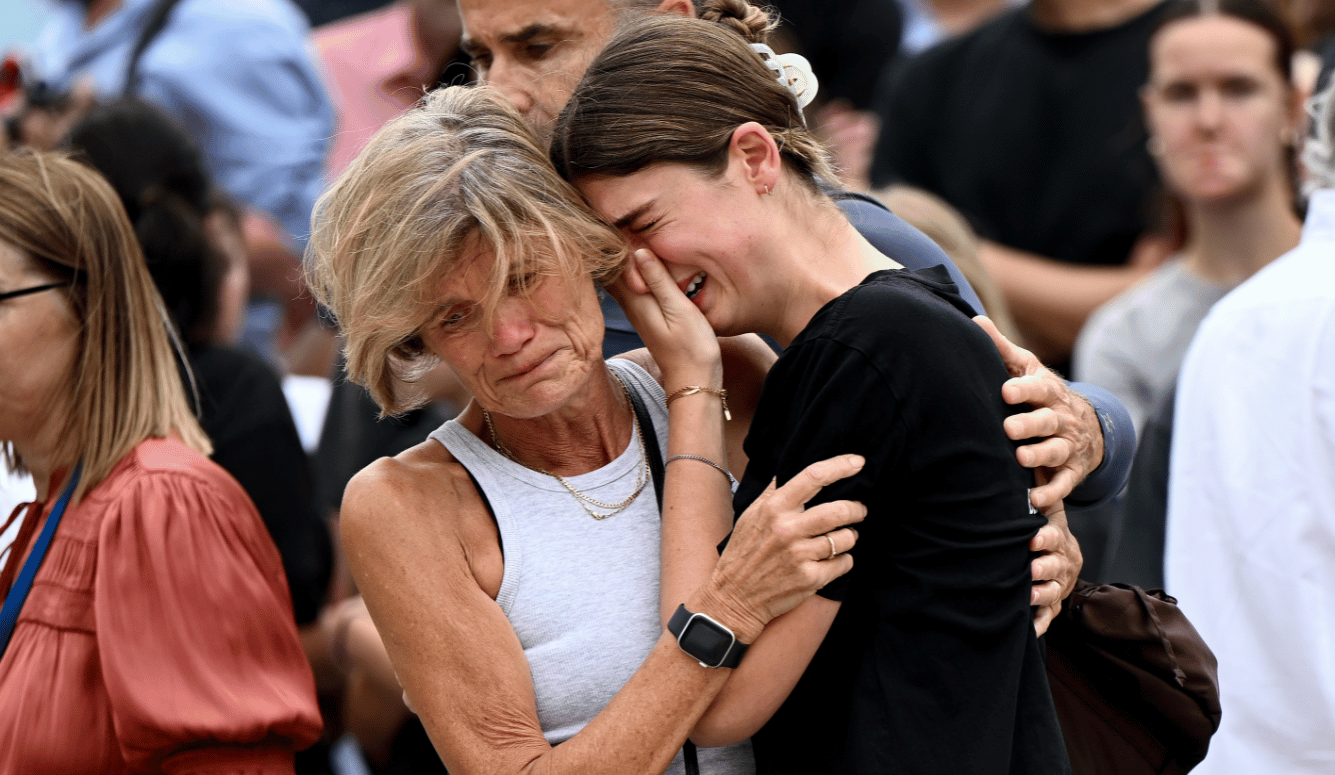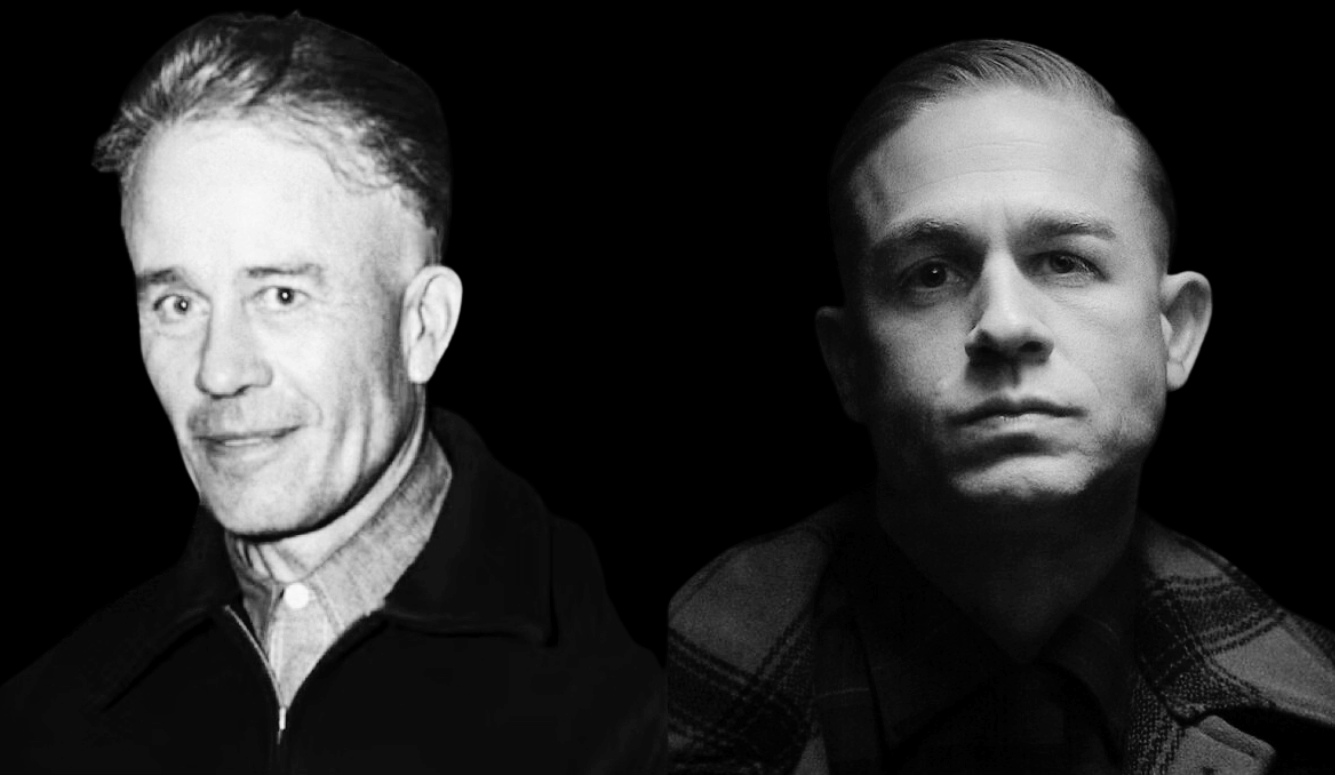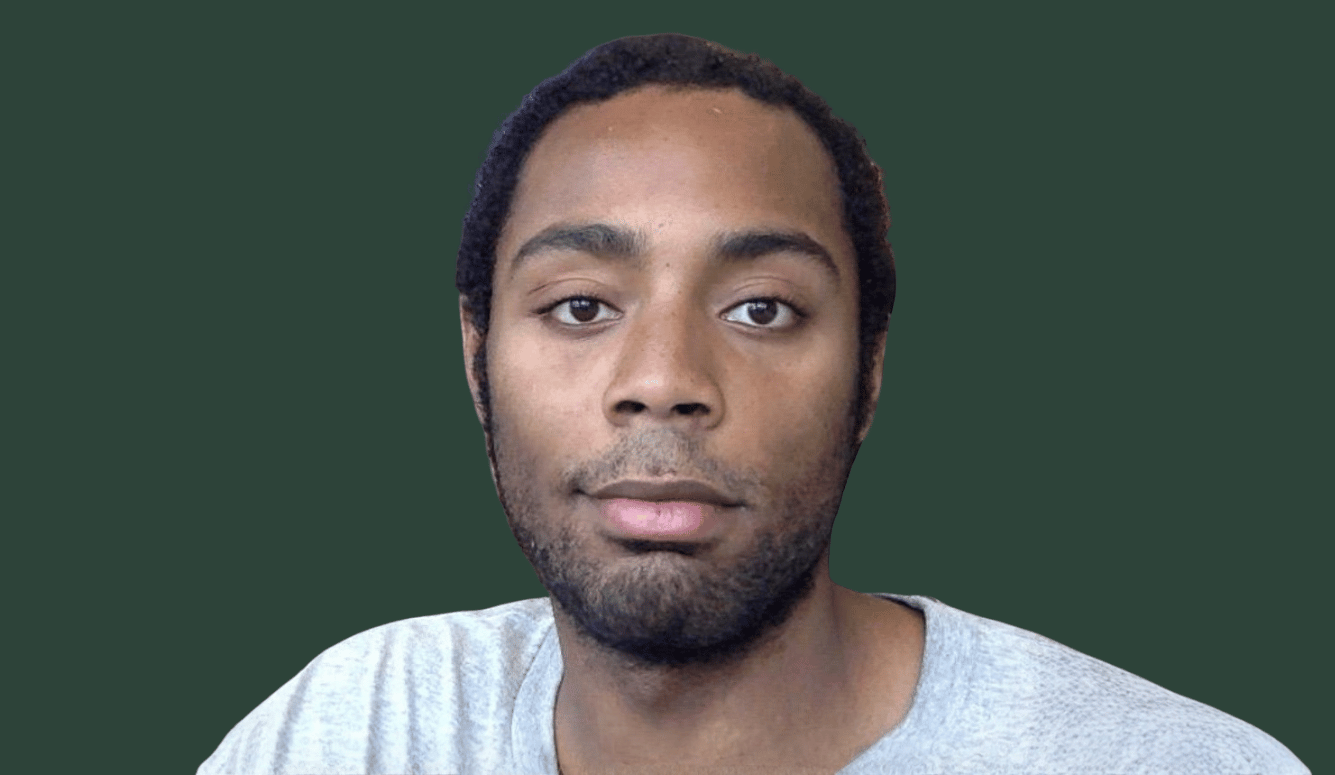Ancient History
Nicholas II, Aššurbanipal, and Marco Polo Walk into a Bookstore…
Quillette editor Jonathan Kay reviews three newly published history books about the Assyrian Empire, the fall of the Romanovs, and the travels of Marco Polo.

Tsar Nicholas II, being the last reigning Emperor of Russia, ranks as a major historical figure. Yet in many histories of the 1917 Russian Revolution, the Tsar is treated almost as a secondary character—more a passive symbol of old-world aristocracy than a major protagonist in his own right. This is why I was uncertain about launching myself into historian Tsuyoshi Hasegawa’s newly published book, The Last Tsar: The Abdication of Nicholas II and the Fall of the Romanovs. As despotic and bloodthirsty as Vladimir Lenin and his fellow Bolshevik revolutionaries proved to be, they were decisive figures who bent history to their will. By comparison, Nicholas II struck me as torpid and dull.

Reading The Last Tsar only reinforced this impression. Hasegawa’s expert description of Nicholas II’s last years also raises the question of whether a more enlightened and competent Imperial leader (such as, say, his first cousin once removed, Grand Duke Nicholas Nikolaevich) might have managed to hold Russia together long enough for it to make the transition to a liberal constitutional monarchy.
In the Russian tradition, Tsars were idealised as divinely ordained autocrats in the absolutist feudal tradition. It was a thoroughly antiquated conceit, but one that Nicholas II embraced wholeheartedly, assuring more liberal-minded critics within his own family that he would “devote all my strength to maintain, for the good of the whole nation, the principle of absolute autocracy, as firmly and as strongly as did my late lamented father [the reactionary Alexander III].” Much like Charles I of England three centuries earlier, he was a believing Christian who truly imagined himself to be God’s chosen leader.






